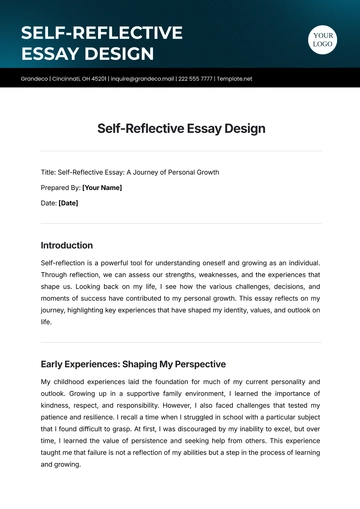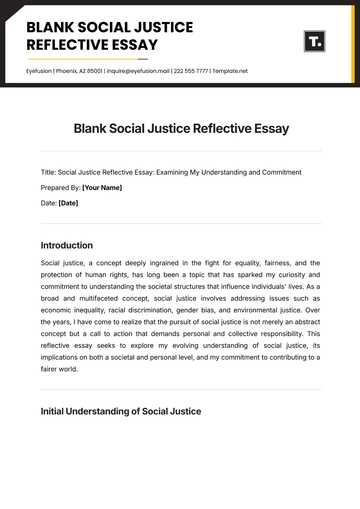Descriptive Essay for Academic Purposes
Title: The Eiffel Tower: A Symbol of Engineering Brilliance and Cultural Elegance
Date: May 2, 2050
Introduction
The Eiffel Tower stands as a monumental icon in the heart of Paris, France. This iron lattice tower has become not merely a symbol of French engineering prowess but an emblem of sophistication and grandeur known worldwide. This essay endeavors to paint a detailed picture of the Eiffel Tower, delving into its structural marvels, aesthetic appeal, and cultural significance.
By examining the Eiffel Tower’s architectural design, aesthetic elements, and cultural impact, one can fully appreciate its role as a global symbol of elegance and human ingenuity.
Structural Marvels
The Eiffel Tower, standing at an impressive height of 1,083 feet, was the tallest man-made structure in the world for four decades. Designed by the engineer Gustave Eiffel, the tower comprises 18,038 individual iron parts, held together by 2.5 million rivets. The lattice design reduces wind resistance, ensuring stability even in the face of harsh weather conditions. Additionally, the structure’s three platforms offer breathtaking panoramic views of Paris, with the highest platform standing at 906 feet above ground level.
Aesthetic Appeal
Beyond its structural ingenuity, the Eiffel Tower exudes a unique aesthetic charm. The iron framework, initially seen as unsightly, has aged gracefully, turning a rich mixture of brown and bronze shades due to weathering. Gustave Eiffel's design incorporates delicate arches at the base, providing a touch of elegance to the robust structure. Moreover, the tower undergoes a sparkling light display every evening, illuminating the Parisian skyline with a magical glow, which further enhances its visual splendor.
Cultural Significance
The Eiffel Tower transcends its physical attributes to hold a profound cultural significance. Originally a temporary exhibit for the 1889 Exposition Universelle, it defied initial criticism to become a beloved Parisian landmark. The tower symbolizes French cultural pride and resilience, representing the nation's revolutionary advancements in science and art. Today, it attracts nearly 7 million visitors annually, serving as a testament to its lasting appeal and significance within global popular culture.
Conclusion
In conclusion, the Eiffel Tower is a testament to architectural innovation, aesthetic beauty, and cultural depth. Its intricate design showcases remarkable engineering skills, while its elegant appearance continues to captivate onlookers. More importantly, its enduring presence reflects broader cultural narratives of progress and artistic expression. Through detailed scrutiny of its structure, appeal, and impact, one gains a comprehensive understanding of why the Eiffel Tower remains an iconic symbol across the world.
Essay Templates @ Template.net






























